
Chalcocite, chalcopyrite, pyrite, and pyrrhotite are several important ores in copper sulfide ores. In addition to copper and sulfur, copper sulfide ores also contain a large amount of beneficial Elements such as gold, iron, molybdenum, silver and other elements. The copper sulfide ore beneficiation process is also mainly flotation, and the flotation process is relatively simple.
One-stage grinding-flotation, one-stage grinding-flotation-coarse concentrate regrinding, two-stage grinding-two stages (or one stage) flotation, step-by-step priority flotation, flotation-mixed concentrate separation, etc. flotation.

15311826613
Click to add WeChatThe mineral composition of a single copper sulfide ore is simple. The copper minerals mainly include chalcopyrite, chalcocite, bornite, covellite and a small amount of oxidation. copper mineral. Gangue minerals vary with the type of deposit, mainly including quartz, calcite, feldspar, dolomite, sericite, chlorite, etc. Due to the large difference in floatability between copper minerals and gangue minerals, flotation is often used for separation.
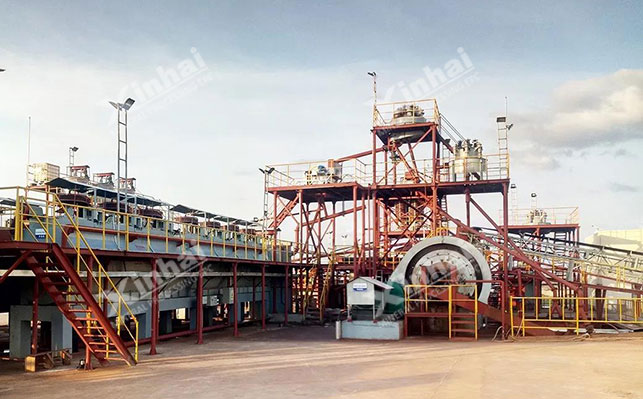
It is worth noting that due to different occurrences, the structure and structure of a single copper sulfide ore vary greatly, making it difficult to separate the copper mineral from the gangue alone. Therefore, the grinding fineness becomes the key to affecting the flotation index of a single copper sulfide ore. Usually, there are three main flotation processes for a single copper sulfide ore:
Usually, The raw ore is ground to -200 mesh and accounts for 50-60%, and the copper mineral can be basically dissociated into monomers. After rough selection, sweep selection, and one to three selections, better flotation indicators can be obtained. This flotation process is simple and has low mineral processing cost. It is mostly used in small and medium-sized copper mineral processing plants.
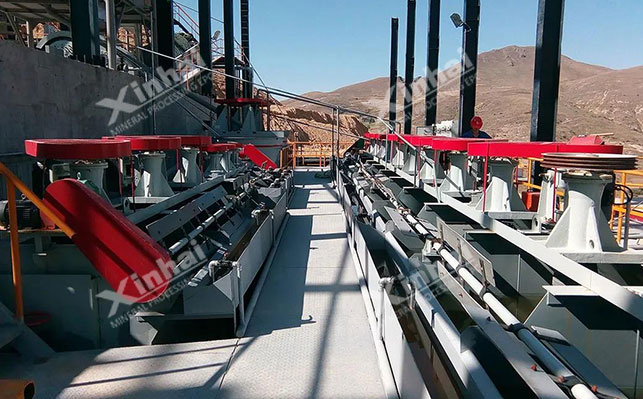
This process is suitable for processing copper minerals with coarse and uniform particle size, loose combination of copper minerals and gangue, and smooth and flat contact edges. of ore.
According to the embedded characteristics of copper minerals, the raw ore is ground in one stage The ore is ground to -200 mesh, accounting for 40-70%, and a large amount of tailings are discarded through roughing and sweeping. After the coarse concentrate is reground, the copper concentrate can be obtained by performing two to three beneficiation operations. The primary selection tailings in the flotation cycle can be discarded after sweeping, or can be concentrated and returned to the roughing cycle. A few copper ore concentrators will regrind the medium ore separately and then process it. This process can enable the copper ore dressing plant to obtain better economic benefits when the raw ore grade is low and the processing capacity is large. In addition, due to the regrinding of the coarse concentrate, the particle size is finer, the monomer dissociation degree of copper minerals, gangue minerals and pyrite is better, and the quality of the flotation concentrate is also higher.
This process is mostly suitable for processing single sulfide ore or copper-molybdenum ore in porphyry copper mines.
For copper ores with uneven thickness, in order to To dissociate most of the copper mineral monomers, the ore needs to be ground to -200 mesh accounting for 80%, or even finer. At this time, the two-stage grinding is better than the one-stage grinding in terms of grinding efficiency and preventing over-crushing of copper minerals.
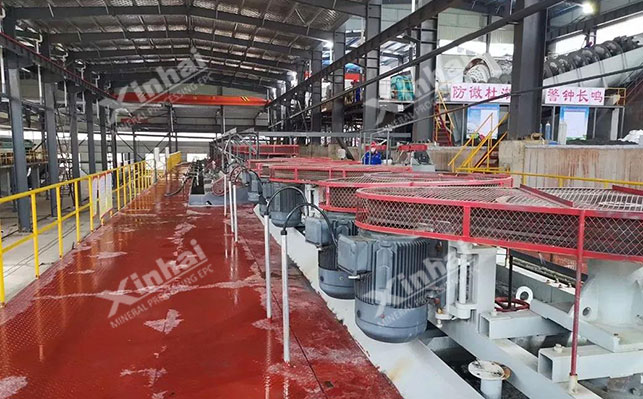
When using two-stage grinding-two-stage flotation, a part of the coarse-grained copper minerals can be floated out after the ore is coarsely ground in one stage. Avoid over-crushing. The grade of this part of the concentrate is generally high and can be directly used as concentrate, or enter the final beneficiation, or be combined with the concentrate obtained by flotation after two stages of grinding. If there are few coarse-grained copper minerals in the ore, a two-stage grinding-one-stage flotation process can be used. The flotation cycle adopts scavenging and two to three times of beneficiation, and the medium ore generally returns to the second-stage grinding cycle. Relatively speaking, the grinding cost of this process is high, the equipment configuration and production operations are complex, and it is mostly used in large and medium-sized copper concentrators.
This process is mainly aimed at copper sulfide minerals containing iron sulfide. Its composition is relatively simple, so the multi-stage flotation process is conventional. The flotation process of copper sulfide ore focuses on the separation of copper and sulfur. Generally, the multi-stage roughing-multistage concentrating-sweeping closed-circuit flotation process can achieve good recovery effects, but for copper sulfide ores with more complex compositions, the ideal separation effect cannot be achieved.
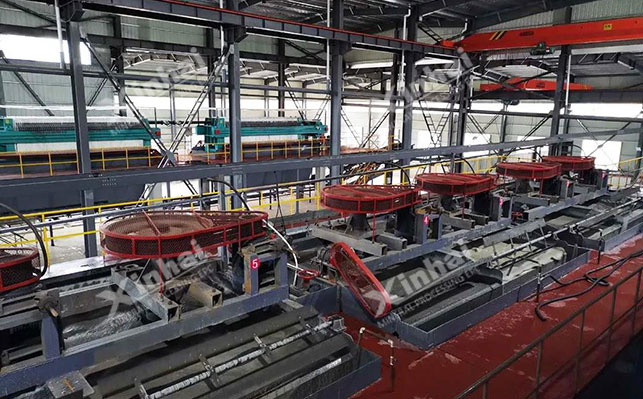
Distribution priority flotation process is suitable for more complex copper sulfide ores. There are many types of copper ores, mainly azurite and sulfur-arsenic copper ore. Although the focus is still on copper-sulfur separation, due to the complex structure, conventional flotation processes cannot produce qualified copper concentrate.
Since various copper ores float at different speeds, the copper minerals that are easy to float can be roughly selected first, and then the copper minerals that are difficult to float can be reground and middlings re-selected, and the copper concentrate can be recovered together. Mine, so that the grade and recovery rate are guaranteed.
This process is mainly used for lower-grade materials with chalcopyrite, sphalerite and sparite. Copper sulfide ore with a more complicated symbiotic relationship between lead ore. The raw ore is coarsely ground and roughly separated to discard a large amount of gangue minerals to obtain a copper-lead-zinc mixed concentrate. The copper-lead-zinc concentrate is then separated to obtain a single copper mineral. This process can separately recover copper, lead and zinc minerals, but it can easily lead to incomplete separation of mixed concentrates.
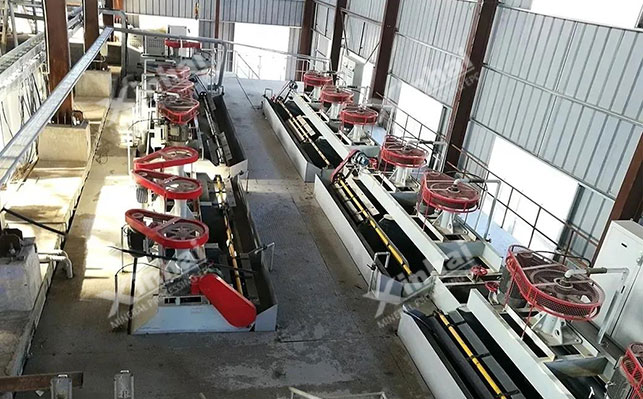
Etc. Flotation is based on copper minerals and other metal minerals such as lead and zinc. Sorting by flotation speed, and flotating minerals with fast and slow flotation speeds respectively, can eliminate the impact of flotation residual reagents on flotation separation and reduce the dosage of reagents. However, the process is more complex and takes a long time, and requires coordination. More grinding equipment.
If you want to comprehensively recover useful elements in copper sulfide ores, you can contact Xinhai to customize the flotation process.